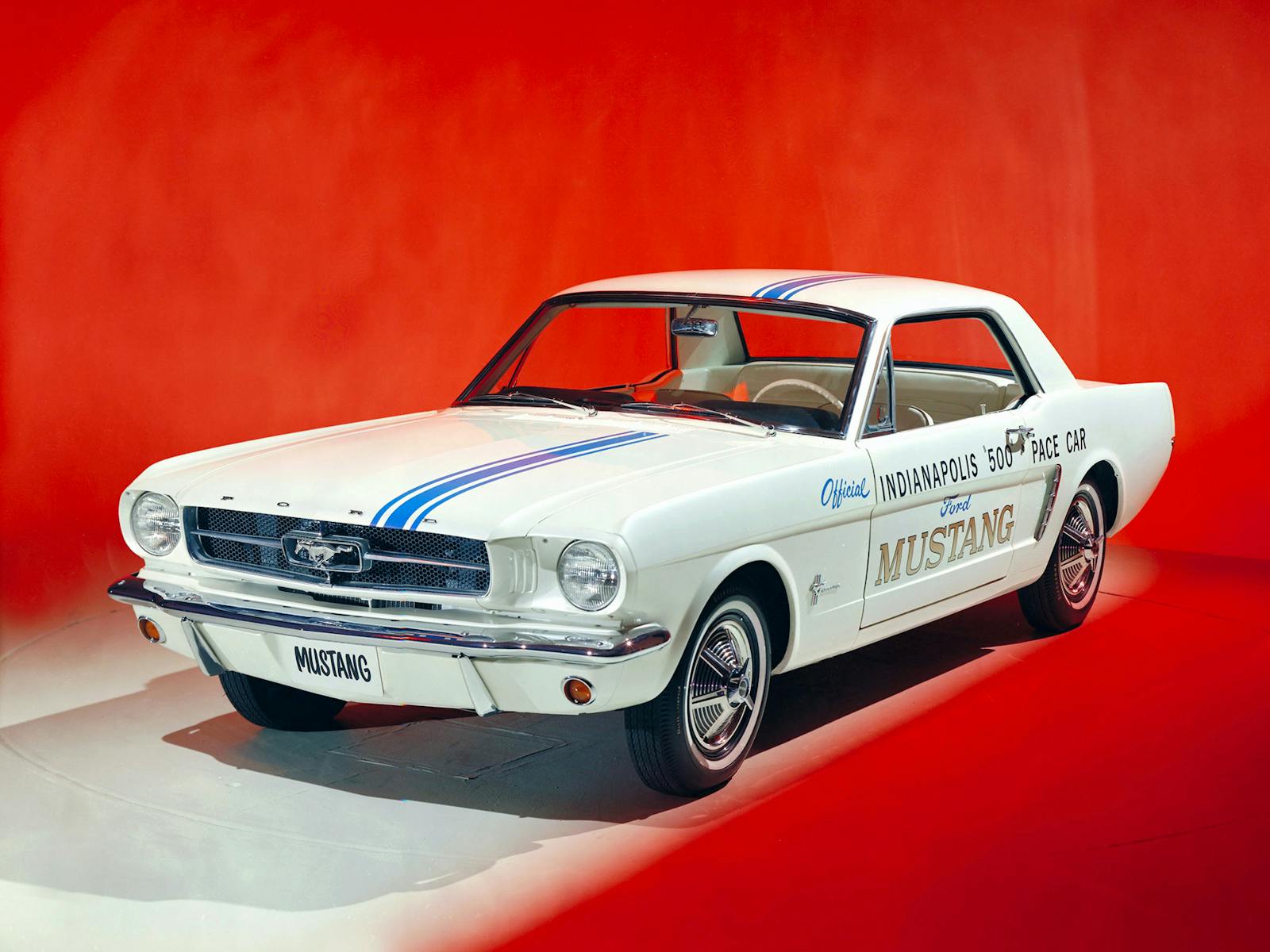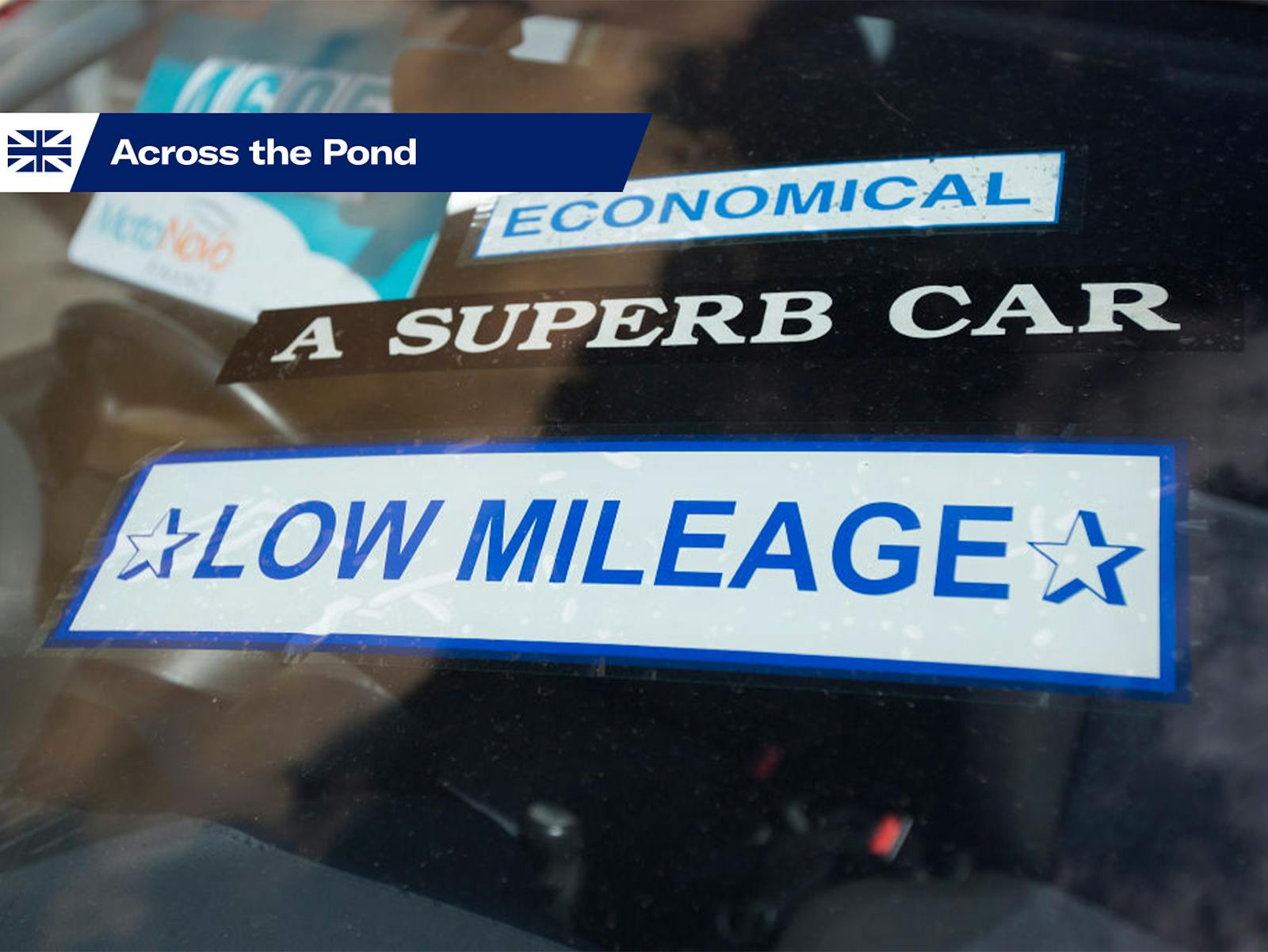6 subtle, stealthy upgrades to modernize your classic
Hot-rodders love to smash boundaries, but not everyone wants to completely transform their stock classic. While old cars ooze character and style from an earlier age, they often lack modern luxuries and safety protections that are found on even the most basic of new cars. Is there a middle ground where you can keep all of the things you love about your classic but employ some newer components to improve the things you don’t?
Pure Vision in Simi Valley, California, builds high-end custom cars for all sorts of customers. The shop’s owner, Steve Strope, has a couple of his own projects in the works but has just wrapped up his personal road-trip cruiser, a 1964 Oldsmobile Cutlass. It’s not exotic, and it doesn’t have any wild body modifications. Instead, Strope added lots of small custom touches to his personal restomod and focused on practical improvements that make it a comfortable long hauler without sacrificing its classic looks. He calls the project “Long Weekend” because most of the modifications could be installed over the course of just a few days.
Strope let us into Pure Vision to get a peek in and under his car. He even put it up on a lift for us. Let’s look at the major improvements Strope made on his Cutlass that have transformed it into a long-distance touring car so you can get some ideas for your project. The best part: All of these modifications have left the car’s character intact, and, for the most part, they’re bolt-ons that are totally reversible.
Updated suspension
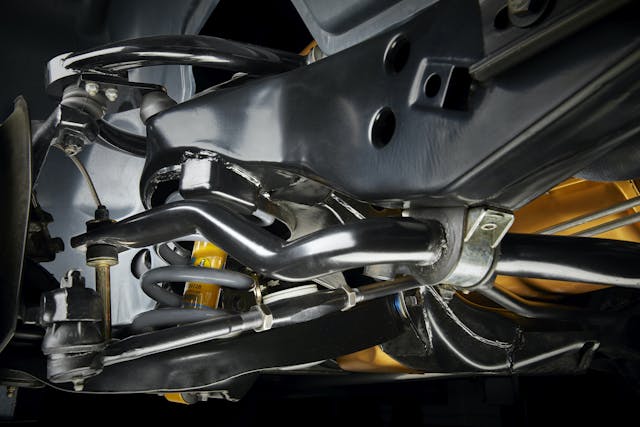
The parts chosen for the Olds came from Hotchkis Sport Suspension, a large mail-order operation that makes components for an array of vintage and modern muscle cars, compacts, and trucks. Its Total Vehicle Suspension (TVS) Stage 2 for GM A-body cars ($4152) includes new control arms, Bilstein shocks, antiroll bars, coil springs, and all the necessary rubber and hardware. The front upper and lower control arms in the kit work with the original spindles, but Strope chose a different direction that kept the factory lower control arms. We’ll get to that later.
Heated and cooled seats

This is the most involved modification on our list, and it’s certainly not a bolt-on like the rest. The seats came from a 2013 Porsche Panamera and were significantly altered to fit the look of the Olds. About a foot was chopped off the top of the seats before they were sculpted and covered in custom upholstery. Despite the customizing, Strope said the most difficult part of installing the seats was getting what seemed like a simple fan and switch to operate without the aid of Porsche’s CAN-BUS wiring system and the touchscreen driver interface. Strope had to wade through pages of wiring diagrams to decipher exactly which wires controlled the seat coolers. It was worth it. Now the seats keep both driver and passenger cool with flowing air, and they bring the Olds up a couple of decades in interior comfort.
OK, so maybe not all of these modifications are long-weekend easy.
Disc brakes
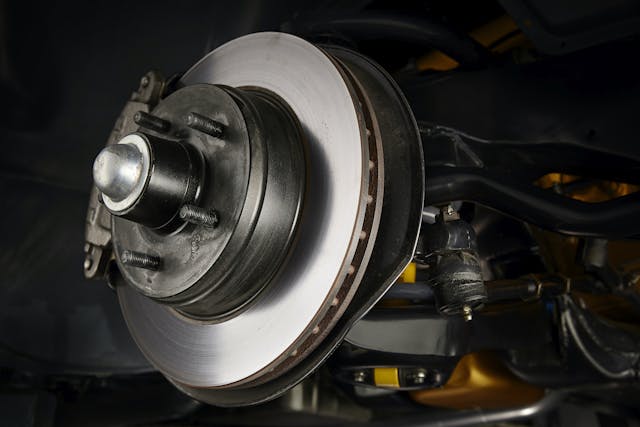
Strope’s Oldsmobile uses front disc brakes from a third-gen Camaro 1LE and a master cylinder from Baer to replace the factory components that were meant for drums. Junkyard spindles from a late-production GM B-body like a Caprice police car or Impala SS allow the larger brakes to fit on earlier GM cars; they require aftermarket control arms to account for the fact that they’re about 1.5 inches taller. Those 1LE brakes are nearly 12 inches in diameter, yet they keep the 5-on-4.75-inch bolt pattern and will even fit behind some 15-inch wheels to keep the upgrades hidden. Importantly, the wear components—from pads and rotors to bearings and races—can be found at any parts store in the nation. Similar upgrades that rely on factory parts can be made to just about any make of car for less than $1000.
Electronic ignition system
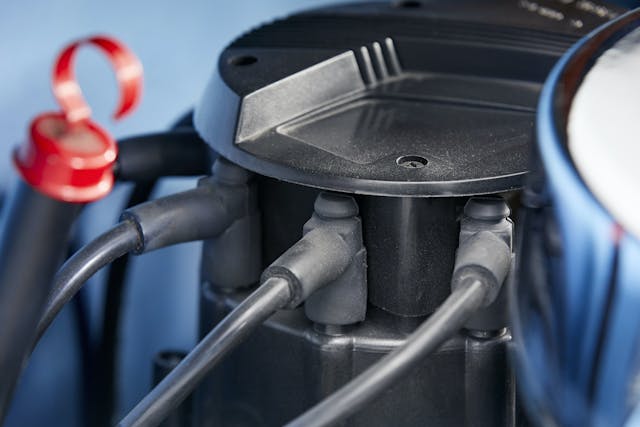
The Cutlass uses an HEI from a later-production Olds V-8, making the install simple. And plenty of aftermarket solutions exist to upgrade other types of engines for which a later OEM swap isn’t a possibility. However, if you’re aiming for a totally original engine bay—or if you’re simply not a fan of the way the large HEI caps look—then companies such as Pertronix, Mallory, and Accel all offer conversion kits for a wide range of vehicles that replace your points-type ignition with solid-state electronics. These conversions fit inside the distributor, are totally concealed, and cost about $90.
An efficient spark will improve fuel economy, smooth out the engine’s idle characteristics, and keep spark plugs from fouling. More important: With no points to foul, it will be far more reliable, and you can leave your nail file and matchbook at home.
Overdrive

This particular transmission is a GM 200-4R four-speed from the early 1980s that Strope bought on a half-price day at a Southern California pick-your-part junkyard in the mid-1990s (figure between a grand and $2000 for one today, depending on your needs). It has since seen duty in several of his cars, including his personal 1967 Buick Skylark. The simple automatic requires no computer to operate—unless, as in this application, you opt for a lockup torque converter for additional efficiency and lower transmission temps. The 200-4R came in millions of midsize GM vehicles, including the third-gen Pontiac turbo Trans Am and Buick Grand National, so it can take some abuse. For Strope’s 300-ish-hp Olds 330 V-8, it’s perfect. The transmission’s compact overall size allows it to fit under just about any tunnel. It’s nearly the same overall length as GM’s older PowerGlide, so some swaps might not even require a new driveshaft. Its 0.67:1 overdrive drops cruising rpm by a third.
Not all cars are so easy to modify, but as the world has sped up since the old days, overdrive is one of the best upgrades you can make.
Air conditioning
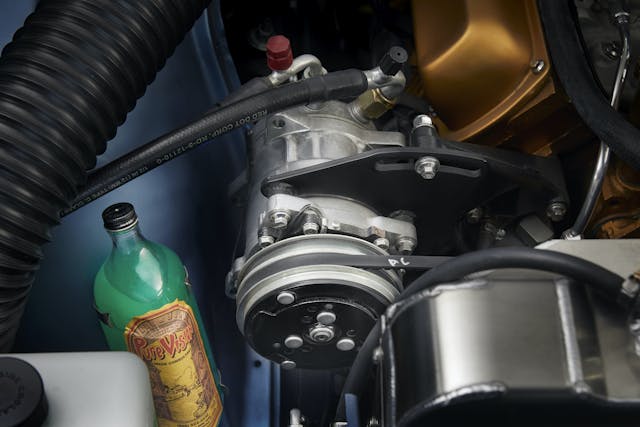
Vintage Air makes under-dash A/C for dozens of popular models—just not for Strope’s Olds. So his car uses the accessory drive from a later Buick small-block that had factory A/C, and a Vintage Air Gen IV SureFit system ($1500) meant for the Olds’ sister car, the Pontiac Tempest. After a few modifications, the system uses the original dash controls for the blend doors and the vent selection. Everything except the compressor and condenser is under the dash, so it keeps things looking clean under the hood. The factory hole in the firewall was sealed up with a panel from Detroit Speed, which makes all sorts of firewall-smoothing panels in addition to its suspension products. Now the Olds provides climate control like a new car, and it’s still easy to service from the engine bay.
In addition to air conditioning, Strope also added a Griffin Thermal Products aluminum radiator with a well-fitting shroud and an efficient Spal electric fan. Even with a condenser mounted in front of the radiator, the Olds offers cool, stress-free driving in any weather, up any grade, at any altitude.

